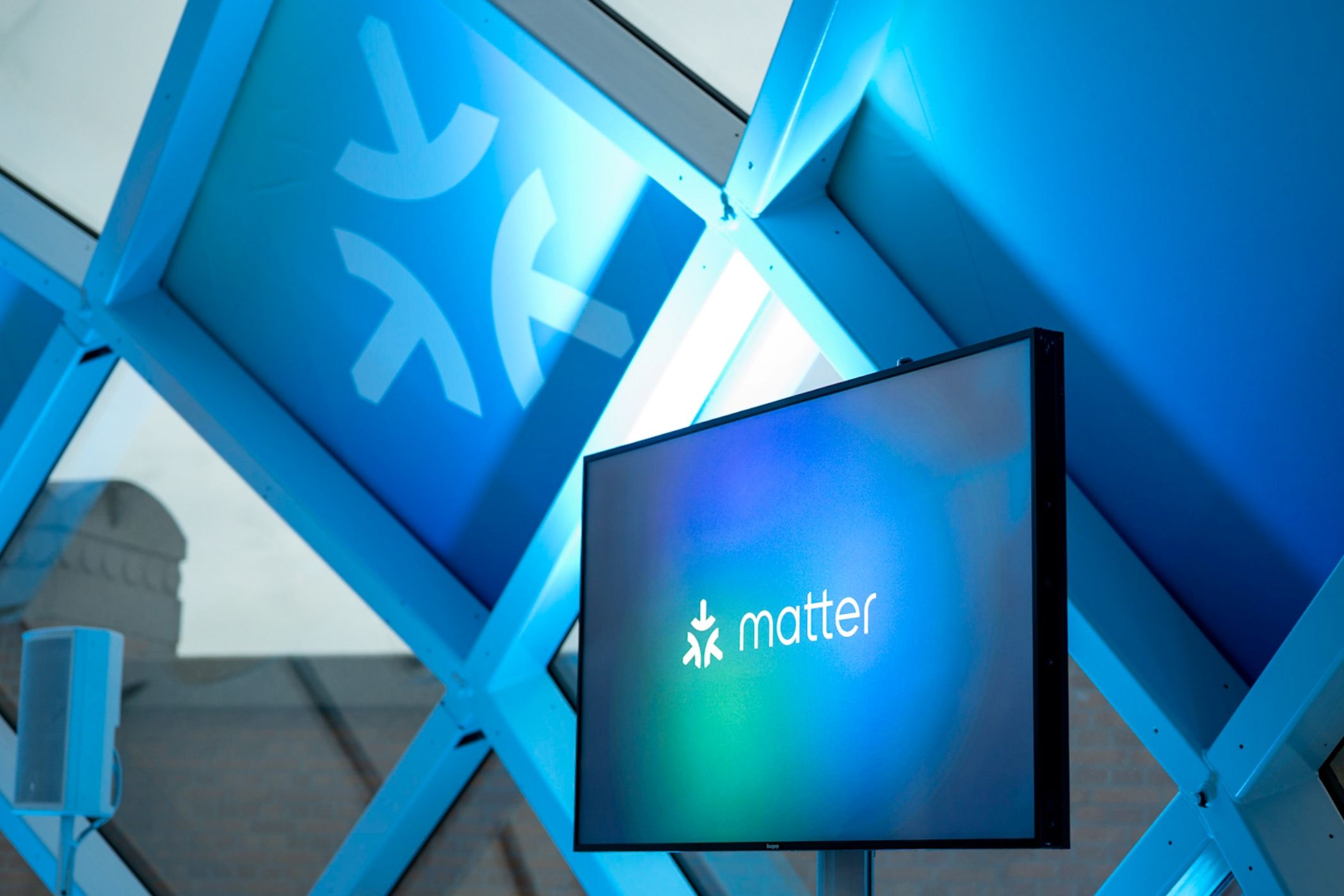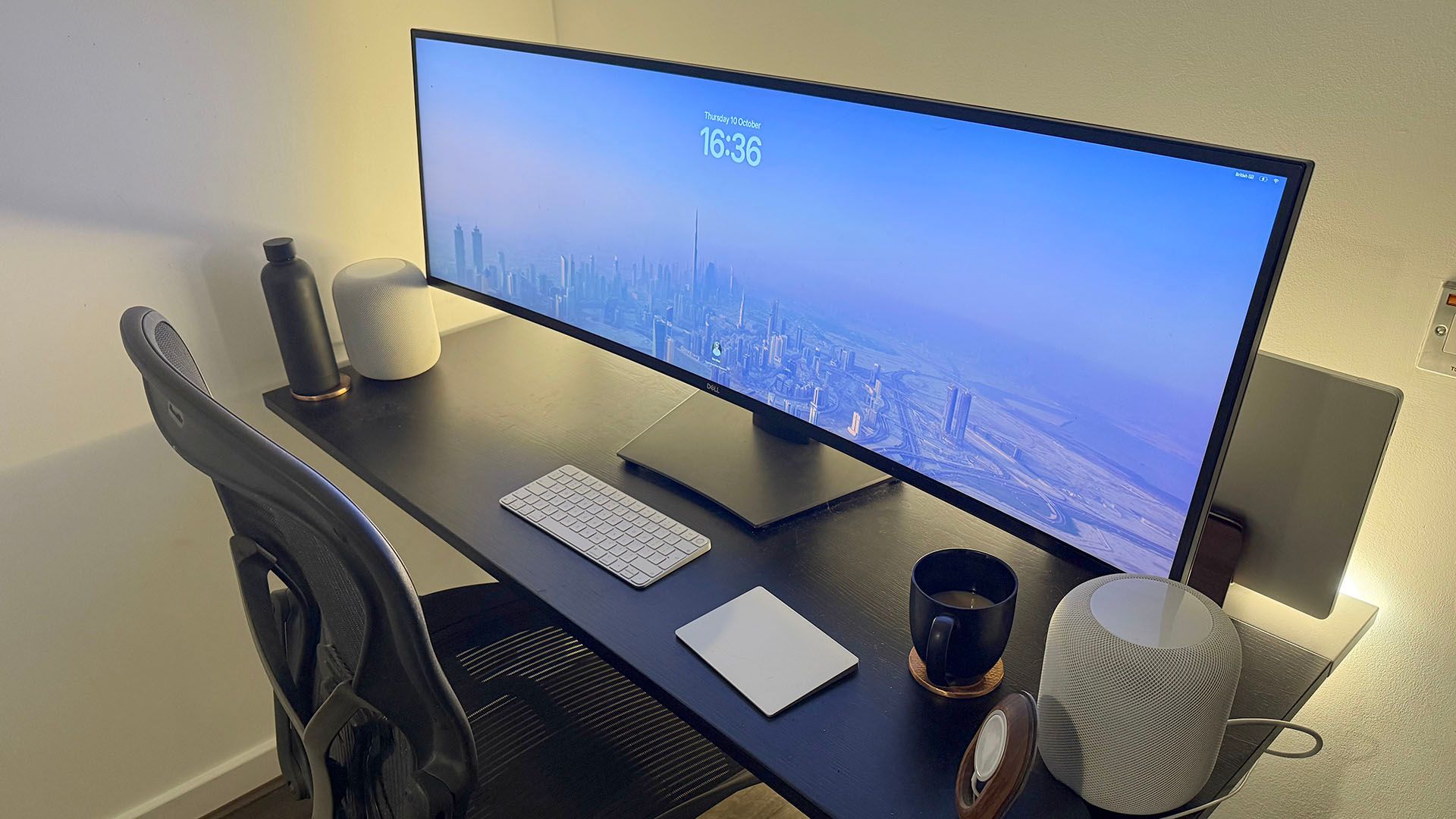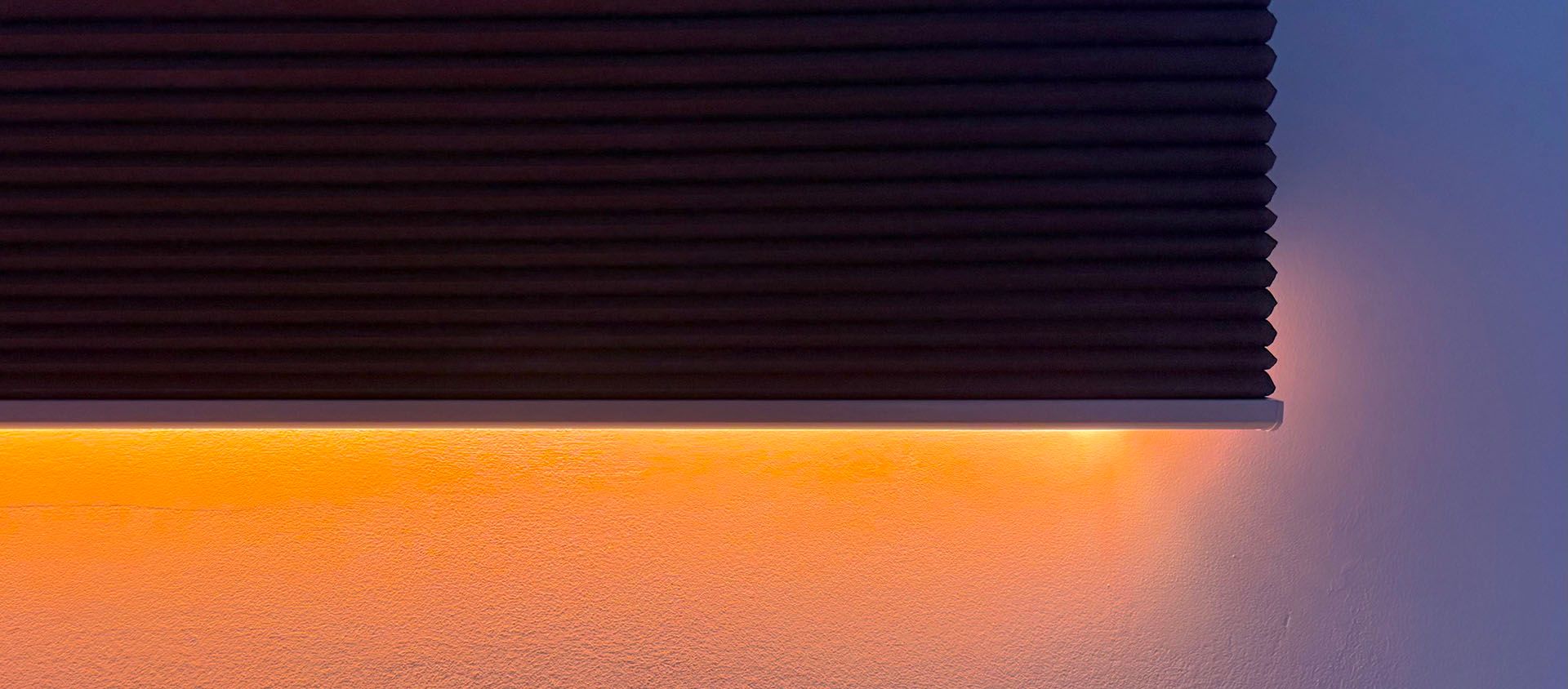Summary
- There’s never been a better time to build a smart home considering how many devices are available, what’s possible with scenes and automations, and the arrival of universal devices that use the Matter standard.
- At the same time, waiting will yield a greater selection of Matter devices at better prices and could lead to less network troubleshooting as the Thread wireless standard takes off (and takes the pain out of Wi-Fi troubleshooting).
- The more time you spend waiting, the more time you spend missing out on genuinely useful smart home technology, so make sure you don’t keep waiting for the next big thing without ever taking the plunge.
Smart home technology has grown increasingly mainstream over the years, but it can still seem like a somewhat geeky thing to do. Is 2025 finally the right time to take the plunge?
Smart Home Networks Aren’t New
We tend to think of smart home platforms as being relatively new, but what might be considered the first of these actually dates back to 1975!
Known as X10, it provided a standard for both powering and controlling home automation devices via a wired network. Some of today’s big-name brands like Leviton and Schlage started out by offering X10 products. Even more surprisingly, some of those products are still in use today.
The State of Smart Home Tech in 2025
Things have moved on a lot since then. You no longer need electrical engineering know-how to install smart home devices and wired networks have been superseded by wireless ones. The idea of a single standard that can be used with a wide range of products from different brands remains the core goal.
We’ve come a long way toward this, with the emergence of several competing smart home platforms: Apple HomeKit, Google Home, Amazon Alexa, and Samsung Smart Things. Your choice of platform was mostly driven by your smartphone. If you owned an iPhone, HomeKit was the obvious choice; Smart Things if you owned a Samsung phone; Google Home for other Android smartphones. Alexa was kind of the default if you were a mixed-phone household and wanted maximum compatibility.
But 2025 is set to be the year we take big strides toward a single standard, namely Matter. Matter is supported by all of the main smart home platforms, so for the first time you don’t have to worry about whether a device is specifically supported by your chosen platform.
Matter has officially been around since 2022 but with only a very limited number of compatible products. 2025 is the year in which the standard is expected to go mainstream. Apple just expressed full confidence in the standard at the start of January. The Connectivity Standards Alliance—the industry group behind Matter—announced that Apple will now automatically grant a “Works With Apple Home” badge to any Matter-certified device. Apple previously required its own testing to do so.
Google and Samsung have also said they will do the same with their own “Works With” badges, and Amazon is expected to follow suit. But even without that final sign-off, you can today buy any Matter-certified smart home device and be confident it will work with any of the big four platforms.
There Are Many Reasons to Adopt Smart Home Tech Today
Given that you’re reading a piece on whether now is the right time to press the button, you’re probably already aware of the benefits of smart homes, but let me talk you through a typical day in mine by way of example.
When it’s time for me to wake up, my bedroom blind opens just a little. That lets in enough light to gently wake me without subjecting me to a full-on blast from the sun. It opens fully when it’s time to actually drag myself out of bed. In winter, when it’s still dark first thing, a simulated sunrise in my bedroom smart lighting achieves the same goal.
I walk through to my living room, where the living room blinds have also opened. If it’s winter, and artificial light is needed, a simple voice command sets all the lights in the room to my desired brightness and color temperature.
When it’s time for work, another voice command switches off any living room lights and sets my home office lighting to the bright and cold lighting most conducive to focused concentration. While I’m working, the living room blinds close when the sun is at its highest to keep the room cool.
When I walk into the kitchen to make a cup of tea, a motion-sensor automatically switches on the under-cabinet lights. Two minutes after I leave the room, they switch off again. If a visitor arrives, my smart doorbell alerts me and shows me a live video feed of the camera next to my front door.
When it’s time to stop work, my office lights switch to a warmer and dimmer setting as a subtle signal. At sunset, the living room blinds open again. I can use commands like “Hey Siri, living room warm” to set color lighting scenes to create moods from coziness to party time.
If I’m out in the evening, the last person leaving the apartment runs a scene which automatically switches off all the lights. When I return home, the smart lock unlocking also triggers the entrance lights to come on. In winter, I can use a “Hey Siri, switch on the bed” command to switch on the electric blanket before going to bed, and a “Hey Siri, lights out” lets me switch off the bedroom lamps when ready to sleep.
I have many more devices, and many more scenes, but that gives a flavor of the kind of benefits offered by a smart home setup.
If you’ve been on the fence, then there’s never been a better time to press the button. We’ve never had such a wide range of devices available, with such broad compatibility, at such a range of price points. There’s also never been so much help available for those new to the technology, from official support documents to YouTube tutorials. The sooner you take the plunge, the more time you’ll have to enjoy your new home.
Two Good Arguments for Waiting to Build Your Smart Home
While I’d generally encourage anyone thinking about it to go ahead, there are also a couple of reasons you might want to wait.
The biggest of these is the emerging Matter standard. Although this is the year I finally expect it to go mainstream, the longer you wait, the more Matter-compatible devices there will be. The more products, the greater the price competition. If you wait until later in the year you may get a greater selection of devices at better prices.
The second factor is reliability. The biggest pain by far when it comes to smart home devices is when they fail to work reliably. When an automation does nothing, when a voice command is apparently ignored, when your voice assistant replies with “Some of your devices are taking a while to respond,” or you get the dreaded “Device not responding” message in your smartphone app. There are times when I’ve felt rather like an unpaid network engineer.
While no system will ever work perfectly, there is a second smart home standard emerging in parallel to Matter, and that’s called Thread. Thread essentially turns every compatible device in your home into a mini-router, relaying commands from one device to the next. This should significantly improve the reliability of smart home networks since a Wi-Fi signal no longer needs to travel from your router through walls to the furthest device in your home. Instead, the signal can get there in a series of short hops.
Like Matter, Thread has also theoretically been around for a few years (notably in the iPhone and Apple’s HomePod mini), but 2025 is the year in which it’s expected to go mainstream. Many smart home devices are getting Matter and Thread support at the same time.
So again, the longer you wait, the more Thread-compatible products there will be, and the less hair you are likely to tear out in the course of troubleshooting your network.
What Factors Should You Consider in Making Your Decision?
For me, the two key questions to ask yourself are:
- How much do you really want a smart home today?
- How frustrating is network troubleshooting for you?
The first question is important because, as with any technology, you’ll always get better tech and a lower price by waiting. The problem, of course, is that this is true today, it’ll be true a year from now, and it’ll still be true a decade from now. Each year you wait is a year in which you’ve missed out on enjoying all the benefits of a smart home. So if you’re keen, then my advice is to get started today.
The second is really a test of how much Thread is likely to be worth to you. Personally, I’ve sighed at smart home devices fairly often over the years, and I’ve probably sworn at one about once a year. I view tech troubleshooting as a nuisance but not a show-stopper. However, if every device that plays up is likely to see your head exploding, you may want to wait until you can fill your home with Thread-compatible devices.
If You Go Ahead, Where Should You Start?
The best advice here is to start with whatever type of device you feel will make the biggest difference to your everyday life. If the ambiance of your home is your top priority, then color mood lighting might be the best place to start. If you’re more focused on energy efficiency and already have LED bulbs, smart plugs that enable you to automatically switch off appliances when not in use might be a better choice.
If all of the benefits of smart homes appeal, then one approach worth considering is to start with a single room and work out from there.
Still undecided? My personal philosophy is if I really can’t choose whether or not to do something, I go for it. The same applies when the question is: now or later? All other factors being equal, life’s too short to wait. If I’m thinking about doing something, I’m probably invested enough to give it a shot.
But this approach isn’t for everyone, so you’ll need to decide for yourself.







